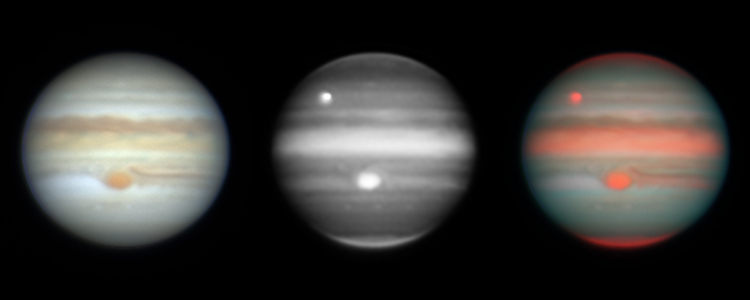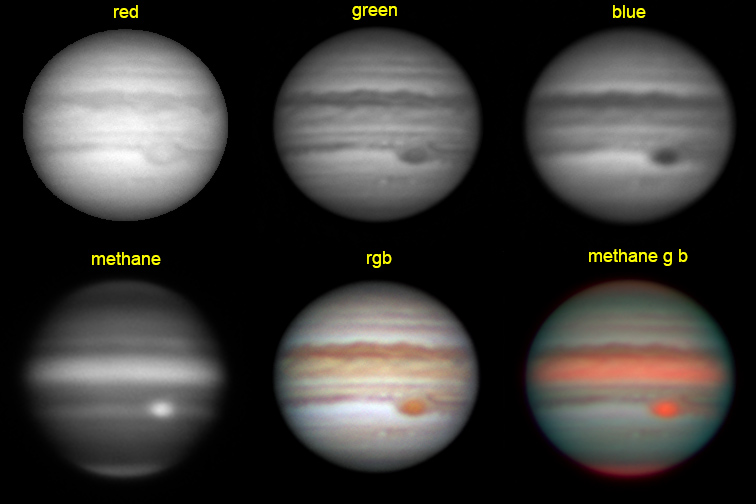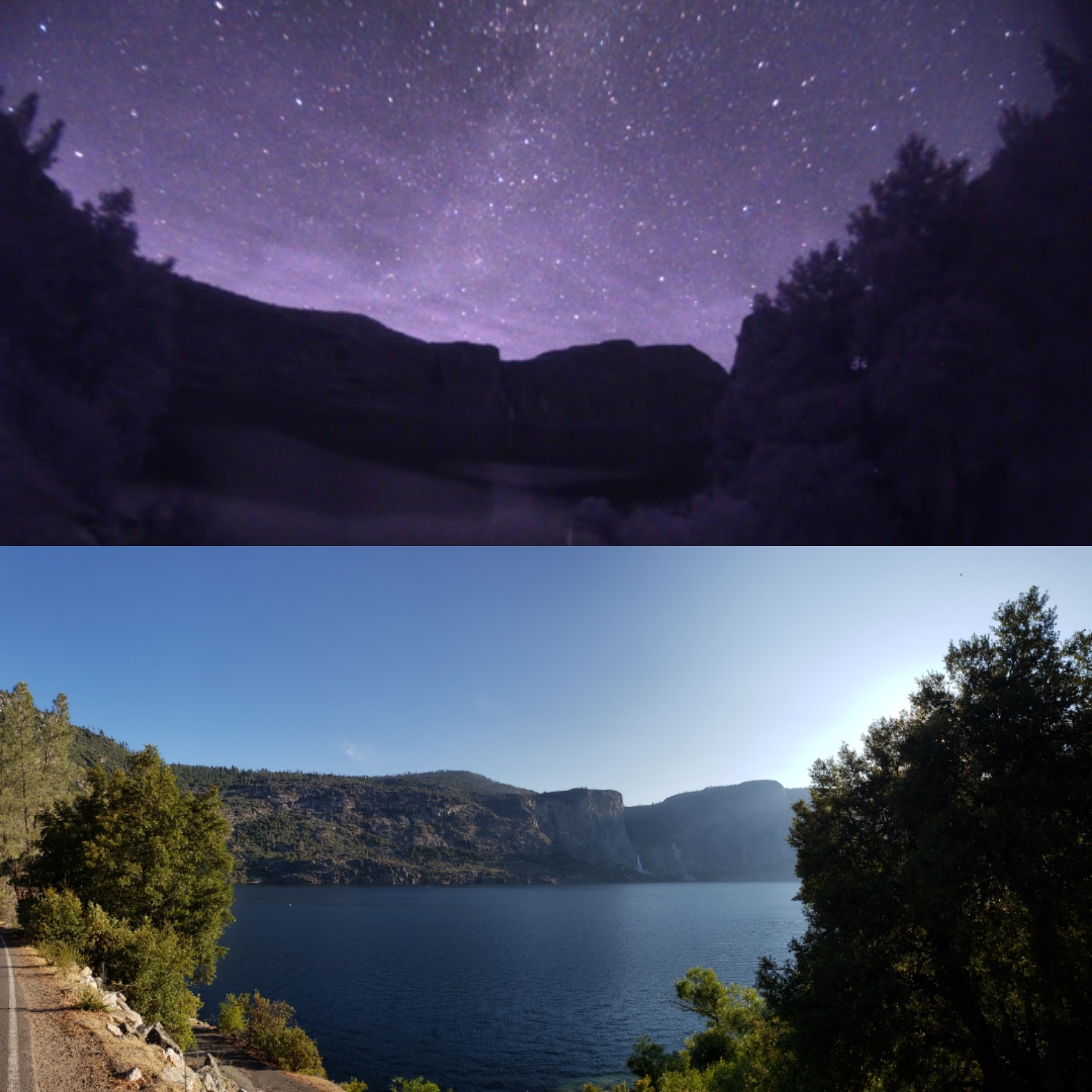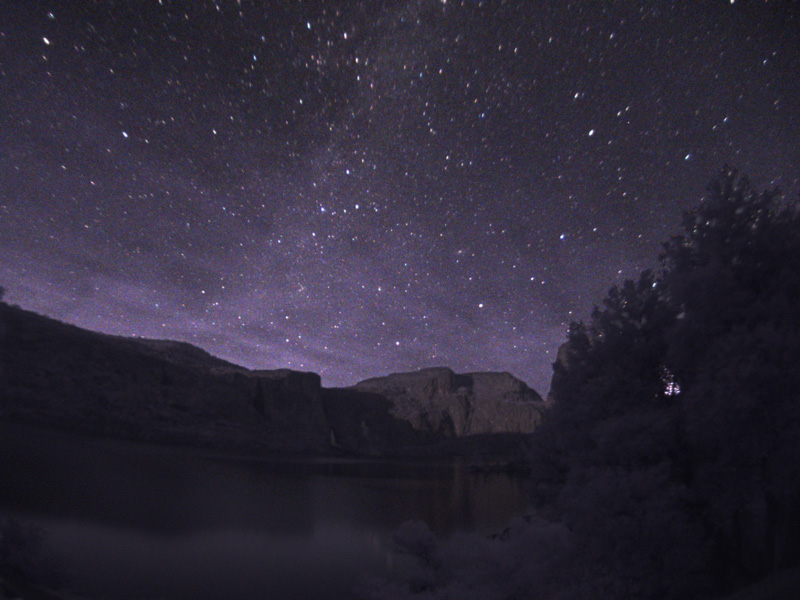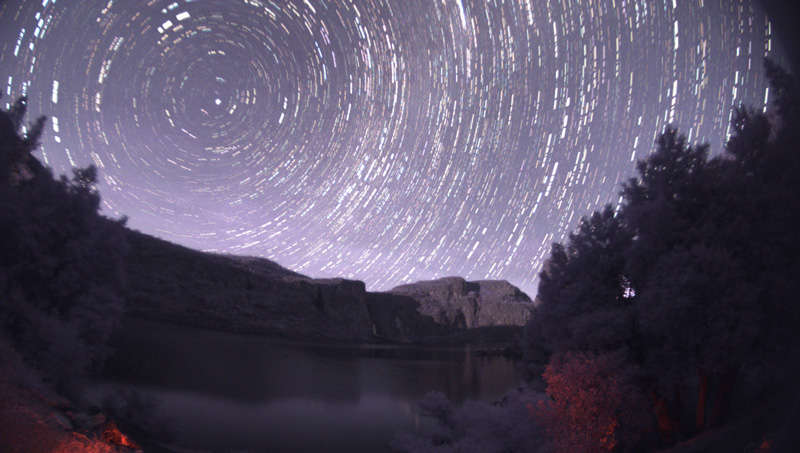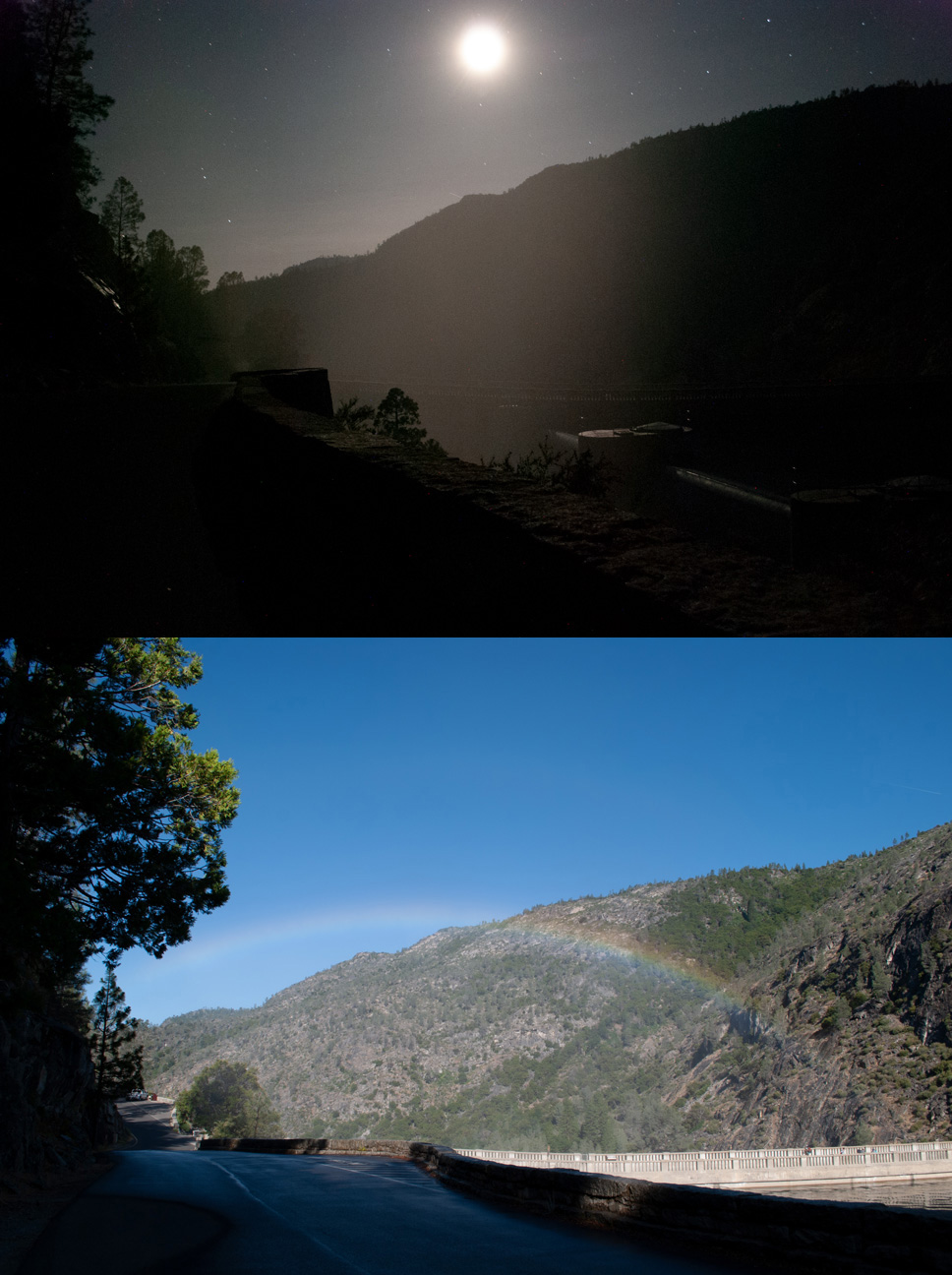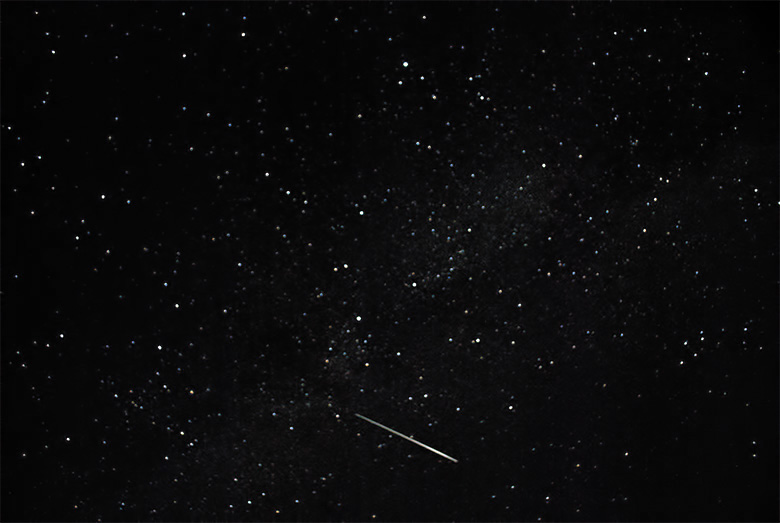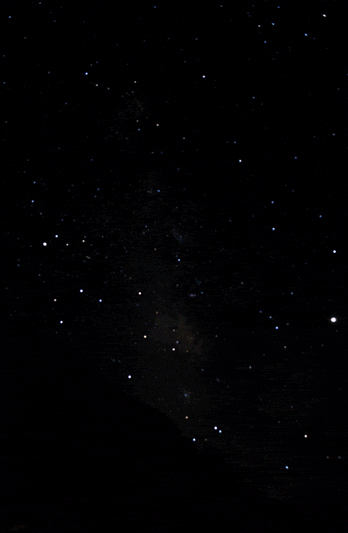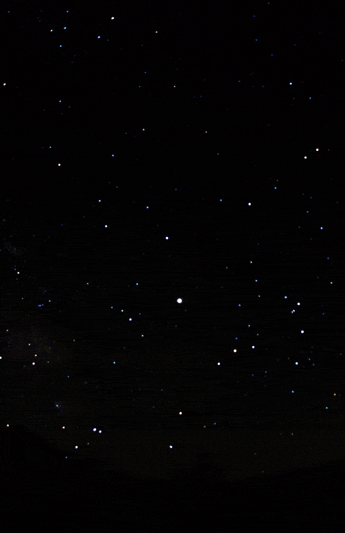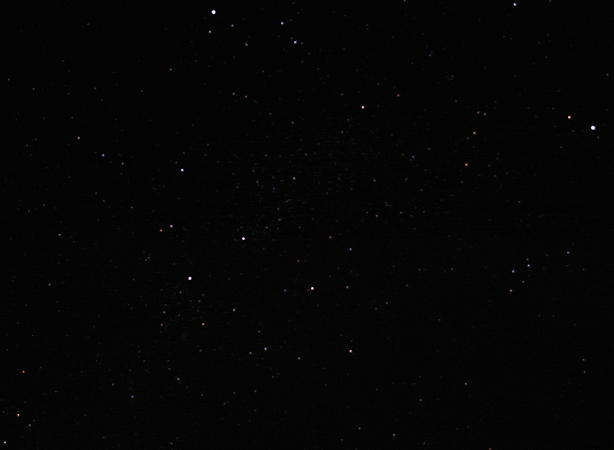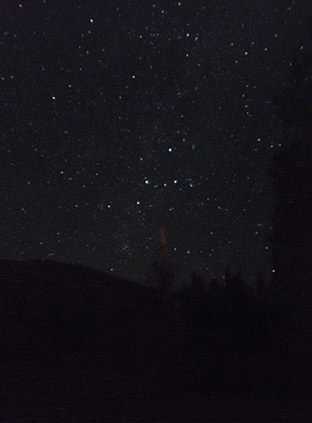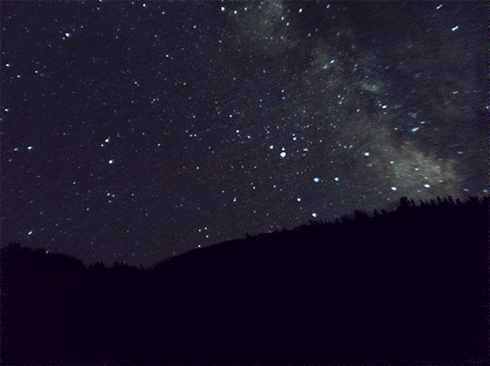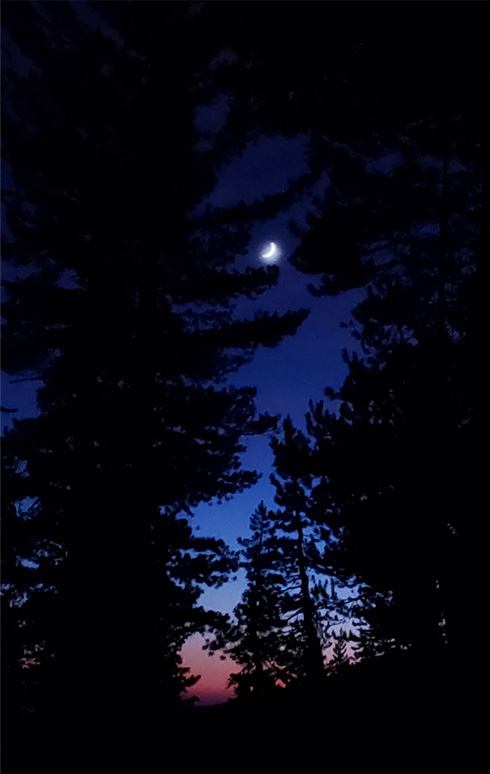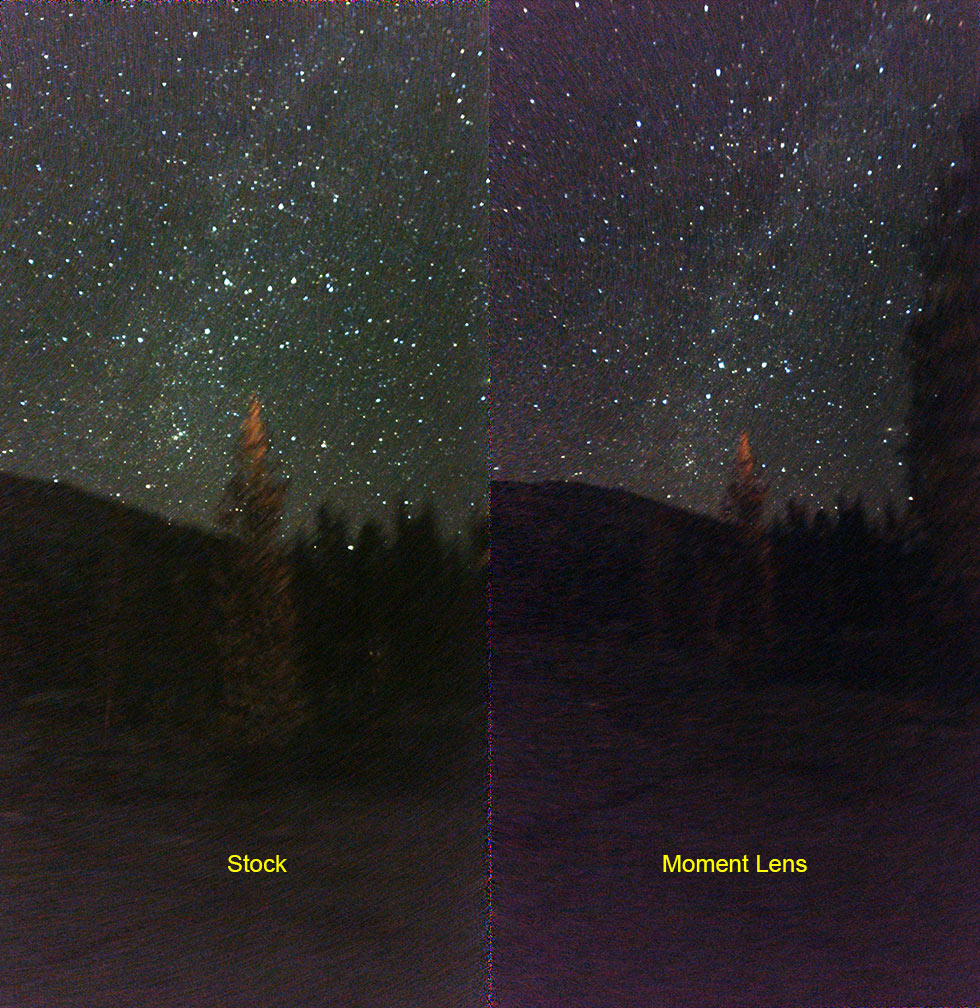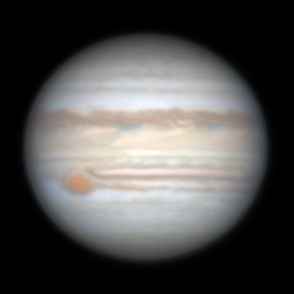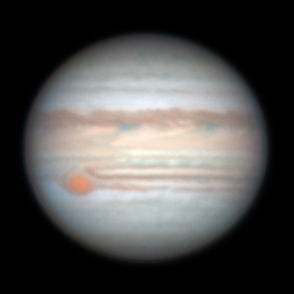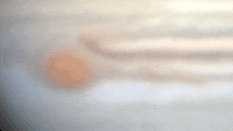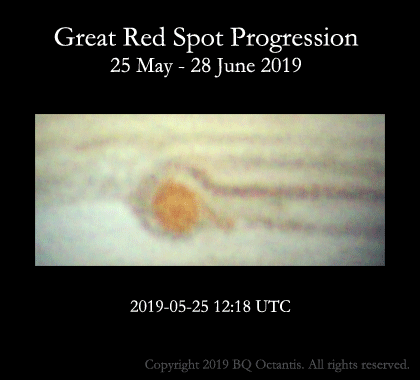and the ghoul:
both are part of the veil supernova complex
haunting tale:
7,000 years ago, a massive star burned out, collapsed, and then exploded, creating a supernova.
several thousand years later, prehistoric man looked up in the sky and saw a bright light visible during the day
that lasted for weeks.
(this was about the time the monolith arrived)
200 years ago, with the aid of the telescope, man discovered
the expanding cloud of gas created by the supernova.
it is very large (3 degrees, or 36x bigger than the full moon) and very faint.
the witch's broom (above) is one edge of the expanding cloud
the other side is shown below at a smaller scale
you can almost see a bow wave ahead of it:
here's the whole thing (click for full size):
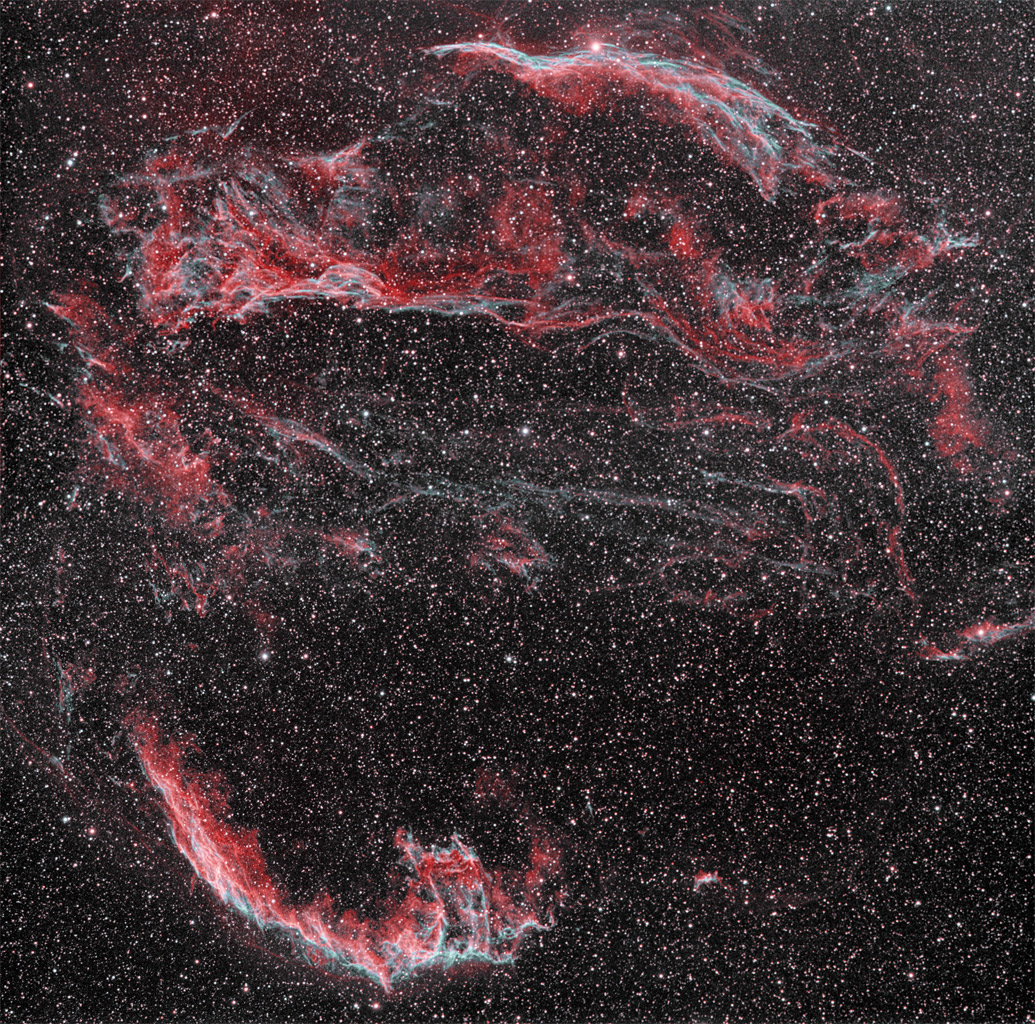 |
| Veil nebula |
this is a 4 panel mosaic with a total of 32 hours of exposure time
taken over the course of 2 months
~700,000 years from now the expanding shock wave will hit our planet
what will happen to life was we know it?
the bright side (from NASA):
"Although only about one star per century in our Galaxy will end its life in this spectacular way, these explosions are responsible for making all chemical elements heavier than iron, as well as being the main producers of oxygen in the universe. Elements such as copper, mercury, gold, and lead are forged in these violent events. The expanding shells of supernova remnants mix with other clouds in the Milky Way and become the raw material for new generations of stars and planets. The chemical elements that constitute Earth, and indeed those of which we ourselves are made, were formed deep inside ancient stars and distributed by supernova explosions in nebulae like the one we see here".
P.S. recent data indicates heavy elements being formed by neutron star mergers in addition to super novae (confirmed spectroscopically) , something new under the sun.
On that note:
happy halloween
taken over the course of 2 months
~700,000 years from now the expanding shock wave will hit our planet
what will happen to life was we know it?
the bright side (from NASA):
"Although only about one star per century in our Galaxy will end its life in this spectacular way, these explosions are responsible for making all chemical elements heavier than iron, as well as being the main producers of oxygen in the universe. Elements such as copper, mercury, gold, and lead are forged in these violent events. The expanding shells of supernova remnants mix with other clouds in the Milky Way and become the raw material for new generations of stars and planets. The chemical elements that constitute Earth, and indeed those of which we ourselves are made, were formed deep inside ancient stars and distributed by supernova explosions in nebulae like the one we see here".
P.S. recent data indicates heavy elements being formed by neutron star mergers in addition to super novae (confirmed spectroscopically) , something new under the sun.
On that note:
happy halloween

